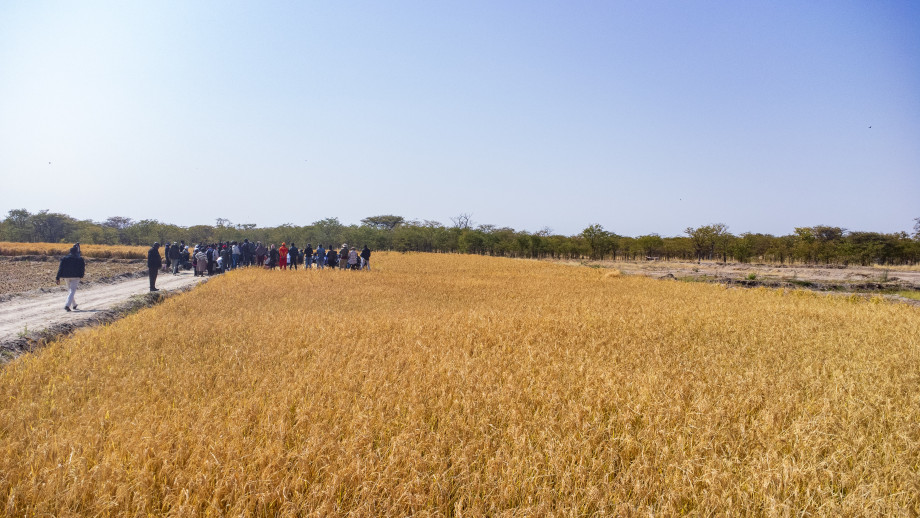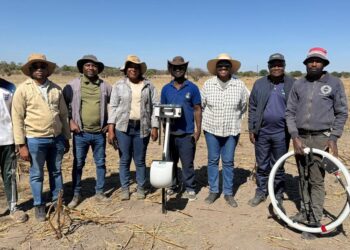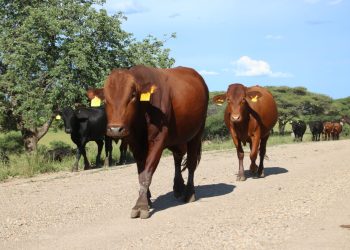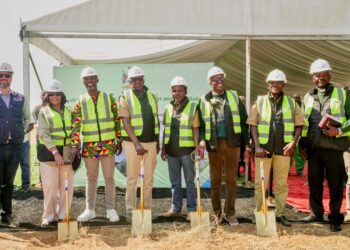
The Namibian Agronomic Board (NAB) has raised concern over the country’s growing reliance on imported rice, warning that the current situation threatens national food security and demands urgent investment in domestic cultivation.
According to the NAB’s 2025 Market Intelligence Report, Namibia produces fewer than 150 tonnes of rice annually, while average consumption between 2019 and 2022 stood at 26,667 tonnes. In 2022 alone, the country imported 28,317 tonnes at a cost of N$314.1 million.
“There is a pressing need to introduce large-scale rice production in Namibia to address the increasing demand, targeting the Zambezi, Kavango, and North Central production zones, which have ample water resources,†the NAB said.
The Board noted that Namibia’s dependence on rice imports, primarily from South Africa, China, and Thailand, leaves the country exposed to price fluctuations and supply disruptions.
“Developing local rice production would create market opportunities for Namibian farmers and enhance the country’s self-sufficiency in grain production, thus reducing its dependency on rice imports,†the NAB stated.
Currently, rice is cultivated on a limited scale at Kalimbeza and the University of Namibia’s Ogongo Campus.
Kalimbeza reached a peak of 95 tonnes in 2020/21, while UNAM’s Ogongo site produced 14.2 tonnes in 2021/22, up from 10.5 tonnes in 2018/19. However, both projects remain far from meeting domestic demand.
“Rice cultivation in Namibia has the potential to become a major source of income and job creation, particularly at the household level and across the country,†the Board said.
On the global front, rice demand continues to rise. The NAB reported that global consumption exceeded 520 million metric tonnes in 2022. Africa alone imports an average of 15.8 million tonnes annually, valued at around N$116.7 billion. Within the SADC region, South Africa led with rice imports totalling one million tonnes, followed by Angola, Mozambique, and Madagascar.
“Both global and African rice consumption are on the rise, with global demand exceeding 520 million metric tonnes annually,†the NAB noted.
Despite small gains in local output, Namibia’s rice sector plays a limited role in the wider market. The Board highlighted the volatility of international prices and significant variation in retail prices within the country, ranging from N$56.09 to N$168.28 per kilogram in 2023 depending on type and origin.
“To fully seize these opportunities, it is essential to establish a comprehensive information and knowledge base on global, continental, and regional rice production and marketing trends,†the NAB said.
In terms of trade, Namibia re-exported a modest 7.75 tonnes of rice to Zambia in 2022, valued at US$4.8 million. Smaller quantities were also sent to Angola and the Democratic Republic of Congo.
The NAB concluded that realising Namibia’s rice potential will require coordinated efforts, including public and private investment, technical support, and improved market infrastructure.
“Increased rice production could significantly benefit Namibian farmers and traders in the developing world, offering them more opportunities to grow their businesses,†the Board











